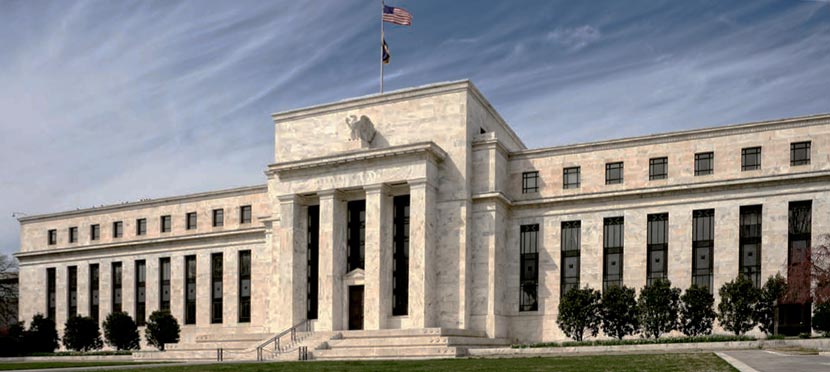On 21 June, the US Federal Reserve (Fed) published the results of the 2019 Dodd-Frank Act stress test (DFAST) for 18 of the largest US banking groups, all of which exceeded the required minimum capital and leverage ratios under the Fed’s severely adverse stress scenario; via Moodys’.

These results are credit positive for the banks because they show that the firms are able to withstand severe stress while continuing to lend to the economy. In addition, most firms achieved a wider capital buffer above the required minimum than in last year’s test, indicating a higher degree of resilience to stress. The 2019 results support our view of the sector’s good capitalization and benefit banks’ creditors.
The median stressed capital buffer above the required Common Equity Tier 1 (CET1) ratio increased to 5.1% from 3.5% last year, a substantial change. However, the 18 firms participating in 2019 were far fewer than the 35 that participated in 2018, helping lift the results this year. This is because passage of the Economic Growth, Regulatory Relief, and Consumer Protection Act in May 2018 resulted in an extension of the stress test cycle to two years for 17 large and non-complex US bank holding companies, generally those with $100-$250 billion of consolidated assets, which pose less systemic risk.
This is the fifth consecutive year that all tested firms exceeded the Fed test’s minimum CET1 capital requirement. As in prior years, the banks’ Tier 1 leverage and supplementary leverage ratios had the slimmest buffers of 2.8% and 2.4%, respectively, above the required minimums as measured by the aggregate.
Under DFAST, the Fed applies three scenarios – baseline, adverse and severely adverse – which provide a forward-looking assessment of capital sufficiency using standard assumptions across all firms. The Fed uses a standardized set of capital action assumptions, including common dividend payments at the same rate as the previous year and no share repurchases. In this report, we focus on the severely adverse scenario, which is characterized by a severe global recession accompanied by a period of heightened stress in commercial real estate markets and corporate debt markets.
This year’s severely adverse scenario incorporates a more pronounced economic recession and a greater increase in US unemployment than the 2018 scenario. The 2019 test assumes an 8% peak-to-trough decline in US real gross domestic product compared with 7.5% last year and a peak unemployment rate of 10% that, although the same as last year, equates to a greater shock because the starting point is now lower (the rise to peak is now 6.2% compared with 5.9% last year).
The severely adverse scenario also includes some assumptions that are milder than last year: housing prices drop 25% and commercial real estate prices drop 35%, compared with 30% and 40% last year; equity prices drop 50% compared with 65% last year; and the peak investment grade credit spread is 550 basis points (bp), down from 575 bp last year. We consider this exercise a robust health check of these banks’ capital resilience.
Finally, the three-month and 10-year Treasury yields both fall in this year’s severely adverse scenario, resulting in a mild steepening of the yield curve because the 10-year yield falls by less. As a result banks’ net interest income faces greater stress than in last year’s scenario, which assumed unchanged treasury yields and a much steeper yield curve.
